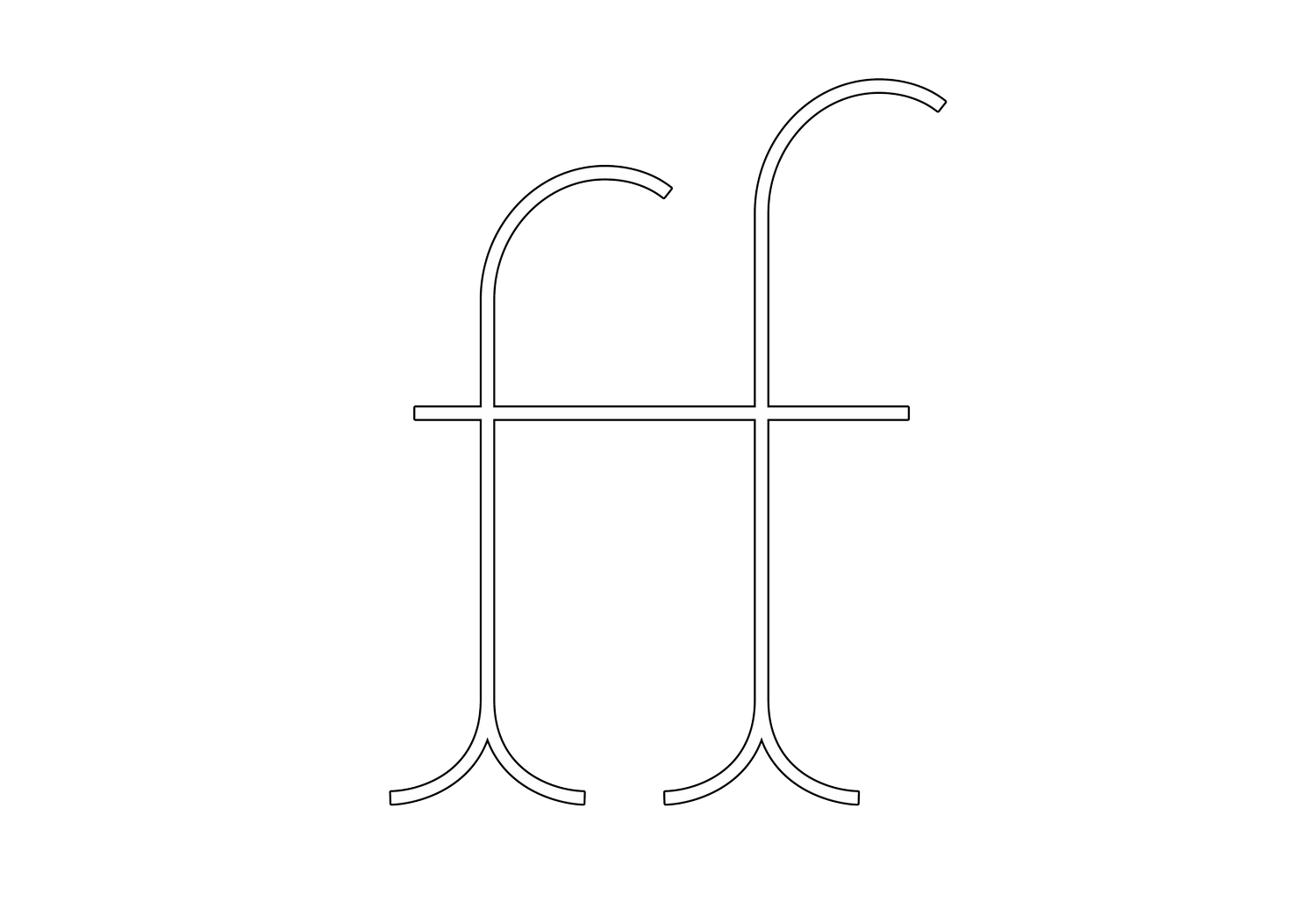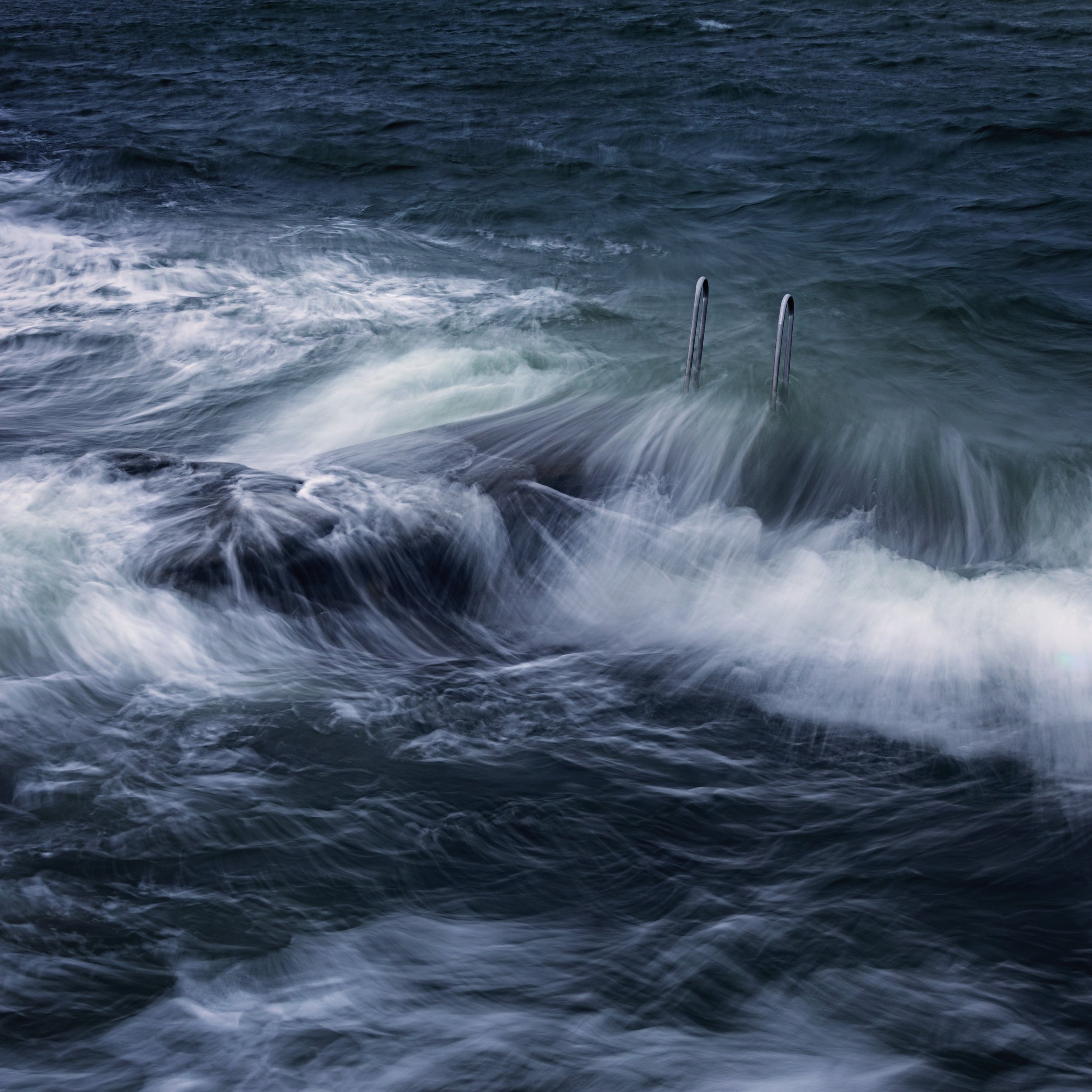Meet Our Artists
Joseph Tointon
Joseph has been a photographer since 2017 and continues to grow and expand his portfolio, which focuses mainly on wildlife, nature, and life in the American West. Joseph is a freelance photographer and iStock by Getty images contributor based out of Los Angeles, CA.
His perspective and interest in photography was shaped by his upbringing in Colorado, where he spent significant time in rural areas, inspired by the drastic scenery.
Through his work, Joseph hopes to give light to the beauty of nature and foster an appreciation for wildlife, conservation, and stewardship of land. He aims to capture powerful moments in a forever-changing world that depict history playing out in real-time.
Joseph’s work has been featured on various websites such as, Business Insider, Sciencing, Better Farming, and other reputable publications.
See more of his work here: josephtointon.com
Alex Crosby
Alex started his photographic journey in college. After taking a darkroom film course he fell in love with the artform and the associated processes of developing and printmaking. He fell in love with the experience of using a device that heightens the senses and draws one’s attention to the moment at hand. For Alex, photography is a way of engaging with slices of reality— a way of communicating, memorializing, and reflecting on our world and the objects that impress themselves in our minds.
He started Falling Fig to create a platform showcasing the work of up-and-coming photographers, as well as his own, and to give back to the community and conservation projects around the world with proceeds coming from art sales.
His prints, publications, and clothing lines can be viewed on this website via the navigation bar at the top of the page.
Andreas Lundskog
As a teenager I started using a camera. At that time there were no digital cameras, so it was analog photography. My father had a darkroom, so all the conditions were there. A lot of work goes in to produce a physical print, but the experience was very educational and provided knowledge that is good to have, particularly in the digital age.
When I was around 20 I bought my first camera with auto-focus. I don't know if it was the auto focus that made it boring, but I got tired of making photos and stopped completely with photography.
Twenty-five years later, I was diagnosed with depression and my therapist suggested I get a hobby. I didn't think about it that much at the time, but a little later I went on a country road and saw the sun fall into the trees. I picked up my cell phone and took a picture. When I saw the picture, it struck me that I should start with photography again.
I have always been fond of art but my hands cannot do a proper job with a pen or pencil. I even got the comment "Only a mother can love such a handwriting" by a teacher. Therefore the camera is a perfect tool for me.
My goal is that every image should give the viewer a feeling. No matter what feeling it is, as long as it something the viewer brings with them. The types of subjects in my photos have changed over time and today I concentrate more on details in the landscape as opposed to sprawling vistas. I’m always trying to look for small things that many people might miss. When I'm going out for a photo trip, I normally take some of the most obvious compositions first. After that I try to sit down our take a small walk around to see if there is some smaller thing that peaks my interest. The photos that come out of that are often my own favorites. This type of photograph has become my style of art.
I'm living in the city of Gothenburg, in the west part of Sweden. I do most of my photography around this area. You don’t need to travel far away and take photos of the honey pot locations and produce something special. Everything is about seeing instead of looking.







